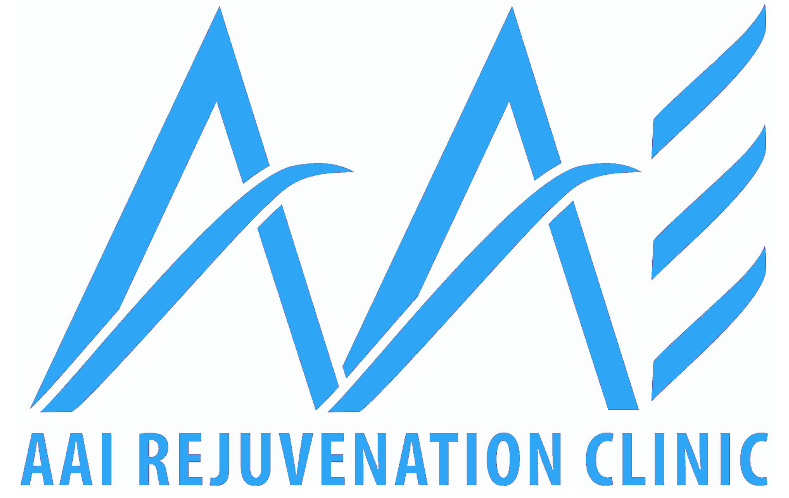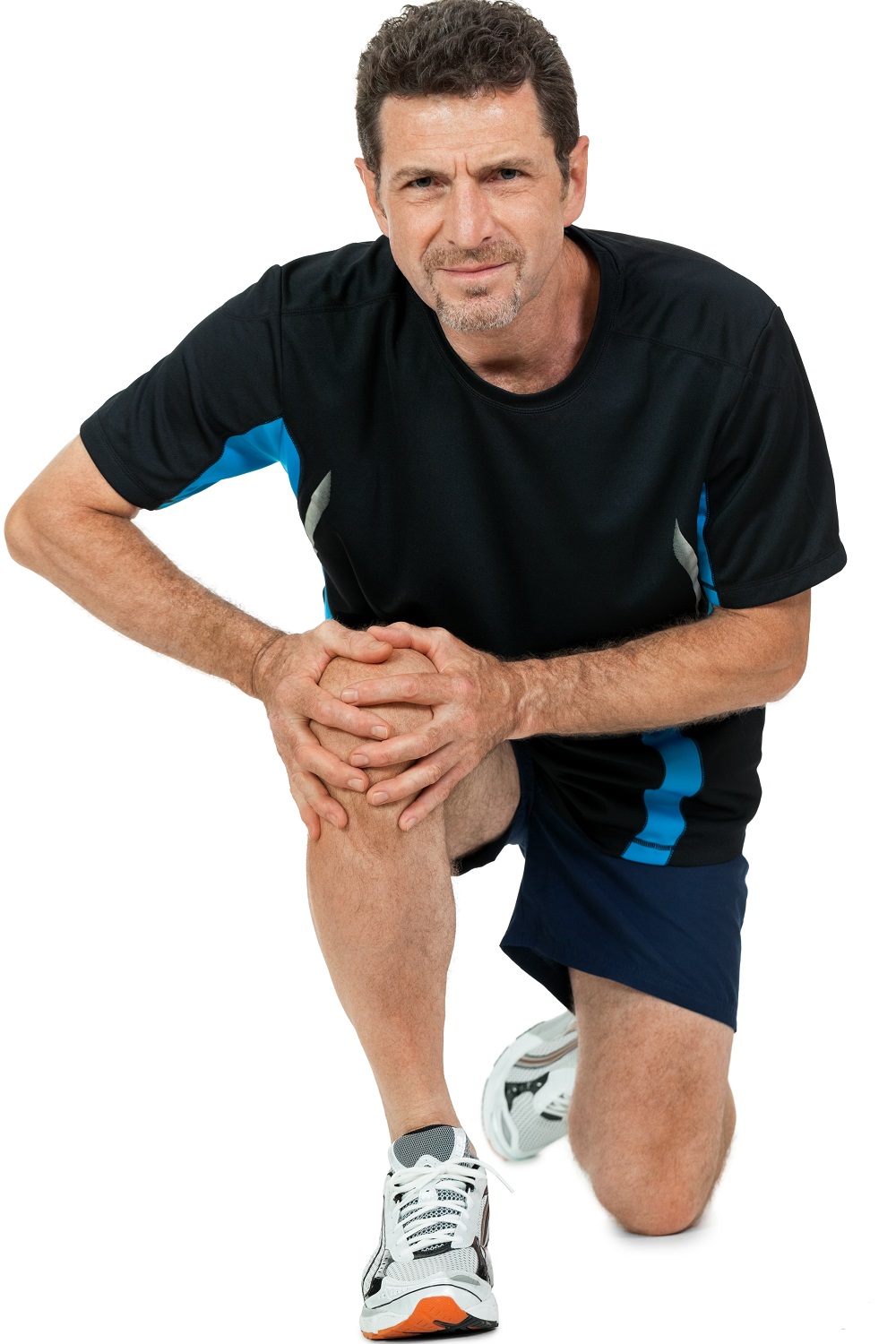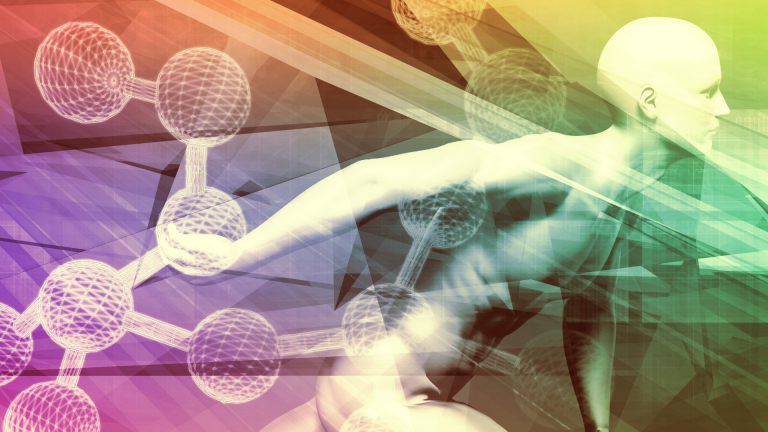Osteoporosis and Bone
Mass Bone Mass and Osteoporosis.
As we get older, it appears that time flies. When you’re young, you can’t wait to be a grown-up, and then in an instant, you’re researching information about the health of your bones as you age. Whether we like it or not, this is an important certainty we all face. There have been plenty of advancements in the 21st Century that enables you to maintain a healthier lifestyle and stay youthful longer.
Take a proactive approach and control your well-being.
Why are we concerned about aging? We don’t want to be brittle. We want to remain self-sufficient while maintaining our strength and vigor. We don’t want to waste time worrying about whether we can complete normal tasks without the possibility of falling and sustaining an injury. Unfortunately, approximately 2 million men already have Osteoporosis. The gradual thinning makes bones brittle and porous, making them more prone to fracture. As discussed above, over two million men in America are at risk and have experienced early signs of bone loss and low bone density, called osteopenia.
Testosterone replacement therapy is now commonly used to treat and prevent Osteoporosis in men with low testosterone levels. Extensive clinical research has shown that TRT may improve bone thickness, especially in the bones of the spine (vertebrae), which is incredible news if you’re interested in taking charge of our health and well-being.
The most common cause in men is testosterone deficiency. There’s a clear consensus that when evaluating men, you should always check for low testosterone levels. This is the main reason doctors will advise on testosterone replacement options to help build bone mass in men hoping to avoid the side effects of Osteoporosis. Call us for a full evaluation so we can help you to understand where you currently stand in terms of your overall health and hormone levels.
Let AAI put you on the path to the newfound vitality that remains throughout your lifetime. Fill out our Medical History Form or call us directly to speak with a caring and educated Wellness Advisor. We are eager to get you started on becoming the best you. Human Growth Hormone (HGH) Testosterone and Bone Mass Calcium is a fundamental component of bones since it provides strength and thickness. As we get older, hormonal changes begin occurring inside the body.
These changes tend to reduce the absorption and deposition of calcium and other vital minerals our bones need. This change in processing and absorption makes bones thinner, more porous, lighter, and more brittle. The result is that this change is increasing the probability of developing fractures and injuries in the future.
Growth hormone is important in sustaining good bone density for most of us up to 30 – 40. Regardless, without question, after age 30, hGH levels in the body, unfortunately, begin to drop. The older we get, the greater the rate of decline. By age 40, you can rest assured your HGH levels have dropped considerably, and you want to consider that this affects bone mineralization to a life-impacting extent.
Interestingly, bone density is regularly healthy up to 30 in most men and women. Sound familiar? That’s correct! Right around the time in which it has been scientifically documented that your natural GH levels begin to decline, your bone density and sustaining minerals start to descend as well. When this condition becomes severe, the patient is usually diagnosed with ‘bone’. In such conditions, calcium and Vitamin D supplementation becomes invaluable and essential.
Osteoporosis is a disease characterized by low bone mass and loss of bone tissue, possibly leading to weak bones. If osteoporosis, you have an increased risk for fractured bones (broken bones), particularly in the hip, spine, and wrist. Osteoporosis is often considered to be a condition that frail elderly women develop. However, the damage from osteoporosis begins much earlier in life. Because peak bone density is reached at approximately 25 years of age, it is important to build strong bones by that age so that the bones will remain strong later in life. Adequate calcium intake is an essential part of building strong bones. In the United States, many people already have osteoporosis.
Many people also have a low bone mass that increases their risk of developing osteoporosis. As our population ages, these numbers will increase. A majority of those with osteoporosis are women. Of people older than 50, one in two women and one in eight men are predicted to have an osteoporosis-related fracture in their lifetime. Significant risk has been reported in people of all ethnic backgrounds. White and Asian racial groups, however, are at greatest risk.
Osteoporosis occurs when there is an imbalance between new bone formation and old bone resorption. The body may fail to form enough new bone, or too much old bone may be reabsorbed, or both. Two essential minerals for normal bone formation are calcium and phosphate. Throughout youth, the body uses these minerals to produce bones. Calcium is critical for properly functioning the heart, brain, and other organs. To keep those vital organs working, the body reabsorbs calcium stored in the bones to maintain blood calcium levels. If calcium intake is insufficient or the body does not absorb enough calcium from the diet, bone production, and tissue may suffer. Thus, the bones may weaken, resulting in brittle and fragile bones that can break easily. Usually, the loss of bone occurs over an extended period of years. Often, a person will sustain a fracture before becoming aware that the disease is present. By then, the condition may be in its advanced stages, and damage may be serious.
The leading cause of osteoporosis is a lack of certain hormones, particularly estrogen in women and androgen in men. Women, especially those older than 60, are frequently diagnosed with the disease. Lower estrogen levels accompany menopause and increase a woman’s risk for osteoporosis. Other factors that may contribute to bone loss in this age group include inadequate calcium and vitamin D intake, lack of weight-bearing exercise, and other age-related changes in endocrine functions (in addition to the lack of estrogen). Other conditions that may lead to osteoporosis include overuse of corticosteroids (Cushing syndrome), thyroid problems, lack of muscle use, neck pain, bone cancer, certain genetic disorders, use of certain medications, and problems such as low calcium in the diet. Early in the course of the disease, osteoporosis may cause no symptoms.
Later, it may cause dull bone or muscle pain, and deficient back neck pain. Later in the disease, sharp pains may come on suddenly. The pain may not radiate (spread to other areas); it may be made worse by activity that puts weight on the location, may be accompanied by tenderness, and generally begins to subside in one week. Pain may linger for more than three months. People with osteoporosis may not recall a fall or other trauma that might cause a broken bone, such as in the spine or foot. Spinal compression fractures may result in loss of height with a stooped posture (called a dowager’s hump).
**NOTE** The content in this blog is subject to interpretation and is the opinion of the content writer. We do not claim it to be fact. We encourage you to consult a medical doctor before taking any prescribed medications or supplements.
Testosterone Therapy Information
- What Is Testosterone?
- Testosterone Therapy Info
- Testosterone Injections
- symptoms of Low Testosterone
- causes of Low Testosterone
- Low Testosterone in Men
- Low Testosterone in Women
- Low Testosterone
- Testosterone Cypionate
- Testosterone Propionate
- Testosterone Enanthate
- Testosterone Patches
- Testosterone Gels
- Testosterone Boosters
- Side Effects of Testosterone
Conclusion
Supporting Hormones health is essential for overall well-being and vitality. By incorporating regular exercise, proper nutrition, adequate sleep, stress management techniques, and IV therapy, you can help maintain optimal testosterone levels and lead a healthy, balanced life. Always consult a healthcare professional before making significant changes to your lifestyle or starting any new treatments to ensure they suit your needs.
At AAI Rejuvenation Clinic, we advise anyone to think seriously about beginning Hormone treatment if there is no medical need for it. However, we will take every precaution to ensure that you read your program’s positive benefits by providing the latest at-home hormonal mouth-swab testing to ensure we are continually monitoring your progress and aware of any adverse side effects. Fill out the Medical History Form, or if you need more information, call us at (866) 224-5698 or (866) AAI-Low-T.
Low Hormone Symptoms
- Motivation
- Sex Drive and Desire
- Depression
- Fatigue
- Erectile Dysfunction
- Cholesterol
- Low Energy
- Memory Loss
- Osteoporosis
- Wounds & Illness
- Muscle Mass
- Sleep Disturbances
- Thyroid Dysfunction
- Weight Gain
]]>



